Faculty members
A list of all the faculty members within ANC.
| Member | Subject area | |
|---|---|---|
 |
Douglas Armstrong | Molecular neuroinformatics, network models, behavioural models |
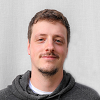 |
Angus Chadwick | Computational/theoretical neuroscience and machine learning |
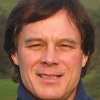 |
Nigel Goddard | Probabilistic modeling of energy-related systems |
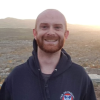 |
|
Transfer Learning and Meta-Learning with Deep Neural Networks; Machine Learning on tabular data; Learning-theoretic analysis of Machine Learning methods problem settings (e.g., via Rademacher Complexity, PAC-Bayes, Algorithmic Stability, etc); Reliable model selection and evaluation. |
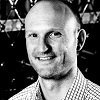 |
Michael Gutmann | Efficient statistical learning, inference for complex models, unsupervised deep learning, natural image statistics, computational biology |
 |
Matthias Hennig | Models of neural networks, homeostasis and development; visual and auditory neuroscience; analysis of large-scale electrophysiological recordings |
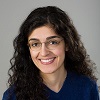 |
Ava Khamseh | Non-parametric probabilistic modelling, targeted learning, machine learning, causality and its applications to population biomedicine, cancer modelling, experimental molecular biology (genomics and transcriptomics) |
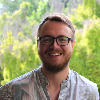 |
Oisin Mac Aodha | Human-in-the-loop machine learning, machine teaching, deep learning, and computer vision |
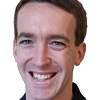 |
Iain Murray | Bayesian statistics, approximate inference, Markov chain Monte Carlo, scientific data analysis |
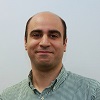 |
Kia Nazarpour | Neurotechnology, human-in-the-loop machine learning, health data |
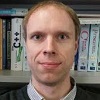 |
Arno Onken |
Probabilistic and machine learning methods for modelling and analysing neuroscience data
|
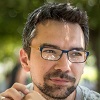 |
Diego Oyarzun | Control theory, systems and synthetic biology, machine learning, metabolic modelling |
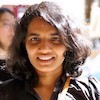 |
Ajitha Rajan | My research is in the field of computational immunology and aims to comprehensively characterise T-Cell antigen presentation landscapes and deliver predictive models that will allow for comparative immunology within homosapiens and across species. Our computational models will open the door to answer questions about immunotherapy efficacy. We also use machine learning techniques to predict overall survival and recurrence in cancer datasets, currently for Glioma, Renal and Oesophageal cancer. |
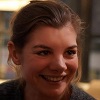 |
Peggy Seriès | Bayesian approaches to cognition and perception |
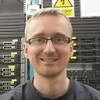 |
Ian Simpson | Regulatory genomics, bioinformatics and computational biology. Neural development and function especially in cortical structures and in relation to cognition, learning and memory using genomic, meta-genomic, transcriptomic and proteomic data |
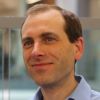 |
David Sterratt |
Computational neuroscience (network models of learning and memory, biomolecular networks, development of neural connectivity and data analysis) and teaching data science. |
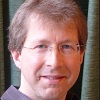 |
Amos Storkey | Structured machine learning and big data: Bayesian methods, Machine Learning Markets, deep learning, learning temporal systems, neural computation. Applications in image analysis, brain imaging, and medicine. |
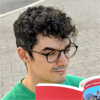 |
Antonio Vergari | Efficient and reliable machine learning in the wild, tractable probabilistic modeling, combining learning and reasoning |
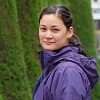 |
Andrea Weisse | Computational biology, systems and synthetic biology, health data science, bacterial growth dynamics and antimicrobial resistance |
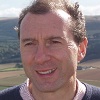 |
Chris Williams | Gaussian processes, image interpretation, unsupervised learning, deep learning, time series models |
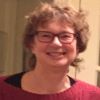 |
Heather Yorston | Machine Learning, Medical Imaging and AI, Gaussian Process Models, Image Processing, Mathematical and Computational Modelling, Virtual Human Eye model, Data Science |
